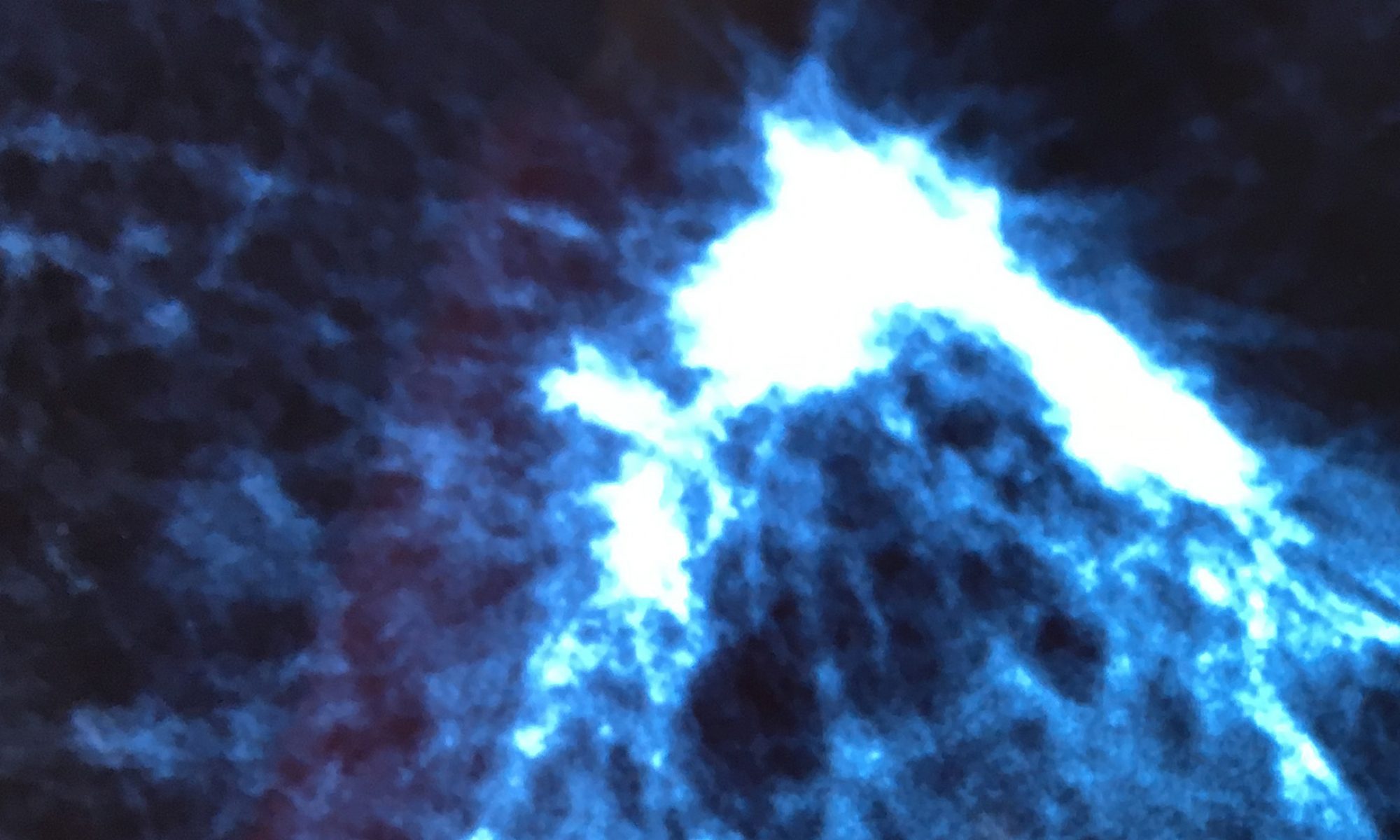After having two biopsies: one with ultrasound, to confirm my diagnosis; and the other with MRI to implant surgical clips – all I can say is BIG ouch.
A regular biopsy is painful yes, but the MR biopsy is not exactly humane.
What got me through the MR biopsy was the wonderful radiologist and technologist. This is when your health team really matters.
They took turns hold my hand and consoling me during the entire procedure.
- First hooking me up to IV
- Laying face-down on my stomach and squeezing my breast in a grid-like vice
- Putting me in and out of the MRI, 5 times or more
- Injecting me with contrast dye
- Injecting 3 sets freezing in my breast
- Using their state-of-the-art DRILL to both take tissue samples and inject titanium clips in my breast
I don’t think I need to say how difficult or painful it was. It also takes some days to recover. It was definitely worse than surgery.
Are biopsies good to do?
All in all. I don’t know how I feel about biopsies. I know in some cases they can cause cancer to spread or risk infection – as with biopsies of the eye and difficult to reach areas as the prostate.
With breast biopsies, I am just not sure.
My first biopsy, was to confirm diagnosis of my breast cancer. It feels like a necessary procedure.
The second biopsy was required to mark out my surgical area, which was only visible on MRI.
You see, now after 14 months, I have had 5 breast MRI’s and 2 lumpectomies. And we can finally see margins lighting up on the MRI.
You might think this is bad, but after positive margins on my second surgery this was good news! We now had a road map to guide the surgeon on where to cut.
The other big part here is, this is all to save my breast. To me if we can get clear margins with a lumpectomy or three, then I can keep my breast.
And honestly after going through all this, I wish that I was open to mastectomy.
If I was I would have opted for that from day one, this whole thing would have been over… mastectomy just didn’t feel right for me at all.
I would say that depending on what you want your outcome to be, biopsies can be very necessary! In my case, to save my breast, it is totally my choice and worth it.

